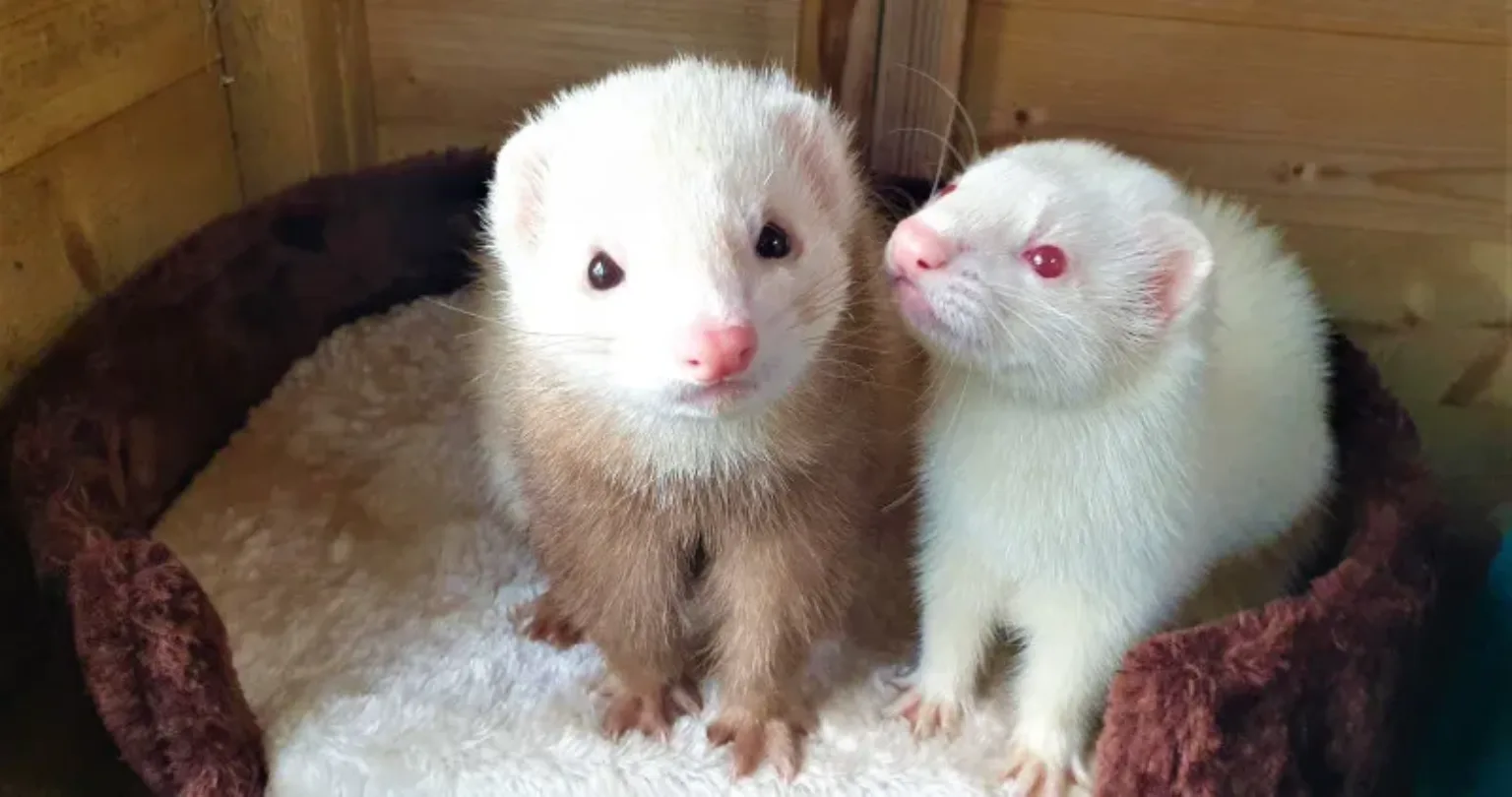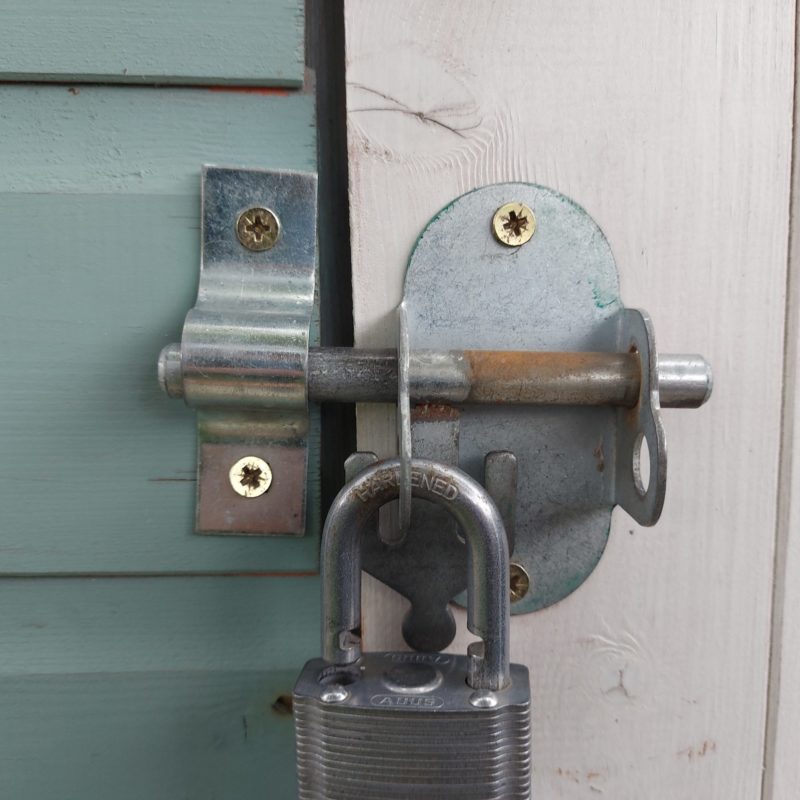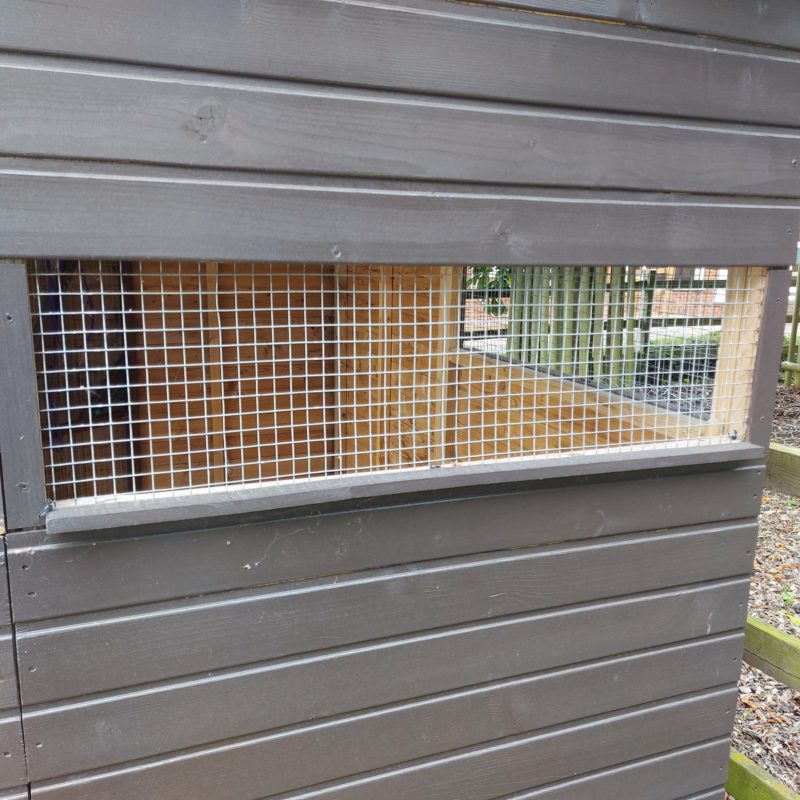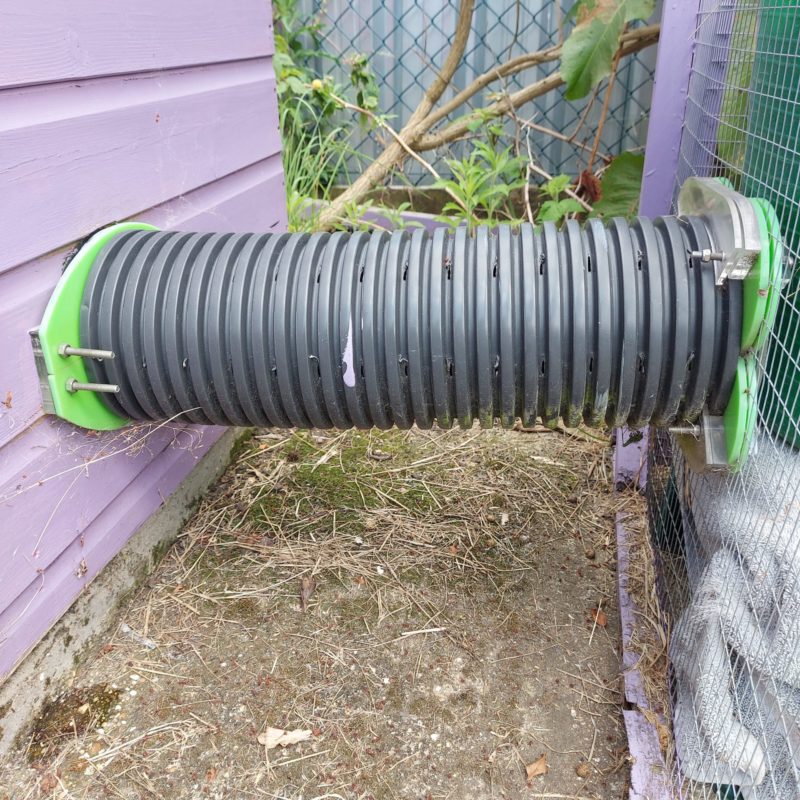Could you star in The Dog House?
If you're looking for a match, filming for the next series starts this Spring.

Ferrets need to live in large, secure enclosures, which means converted wooden sheds makes for an ideal ferret enclosure! There are some things you need to consider before moving your ferrets into the garden shed. Here are a few tips to help you with this new project.
When converting a shed or wendy house for a pair of ferrets, you will first need to make a few adaptions to keep them safe. Inspect the wood shed or wendy house, is it strong and secure? Make sure there’s no rotting wood or gaps in the walls, this will protect your ferrets in case they want to plan a great escape!
Next, make sure the area is on a sturdy ground with a solid floor. This can be either concrete or wood. This will prevent your ferrets from gnawing or tunnelling under, and predators from getting in.
Locks on a shed will further ensure your ferrets are safe and secure in their home. Here are some recommendations:

Sliding bolt & padlock on shed door
In the height of summer, wooden sheds and wendy houses can get very hot, so it’s important to keep your ferrets’ converted accommodation well ventilated. This will ensure good air flow and not only prevent respiratory illnesses, but it will also keep them cool in the summer months.

Window ventilation on shed
A ferrets’ enclosure should maintain a natural temperature year-round, as well as being sensitive to hot weather, they also feel the cold. Lining your wooden shed with insulation is a great way of keeping them cosy in the cool months. Just ensure the lining is between the large sheets of wood or plywood. This will further prevent your ferrets from biting their way out.
Some pets like ferrets enjoy scurrying out of their enclosure at any given opportunity. You will need a solid barrier secured on the inside of the shed door to prevent a great escape. This should be at least three feet high. Alternatively, installing a double-door system will allow you to walk into a small corridor area, shut the main door behind you and then open the second door to go in with the ferrets.

Ferret aviary double door system + step over barriers
Good flooring in your ferrets’ house will further provide good insulation and safety. Lining the floor with lino or vinyl will be much easier to clean.
It’s very important that your ferrets have plenty of space to avoid health issues such as obesity or joint mobility problems. Connecting a secure run to your converted shed or wendy house will allow your ferrets to explore 24 hours a day.

Tunnel connecting wendy house and run
You can install pipes and tubes for running through or linking to a different part of the enclosure.
Another option is securely fasten the run to the shed using suitable wood screws, or place the shed within a secure aviary. You can then create holes to allow your ferrets to easily move between two areas. Just ensure this is big enough for your ferrets to fit through.
Read our article on how to house your ferrets and find out the ideal sized run or aviary for your pet ferrets.